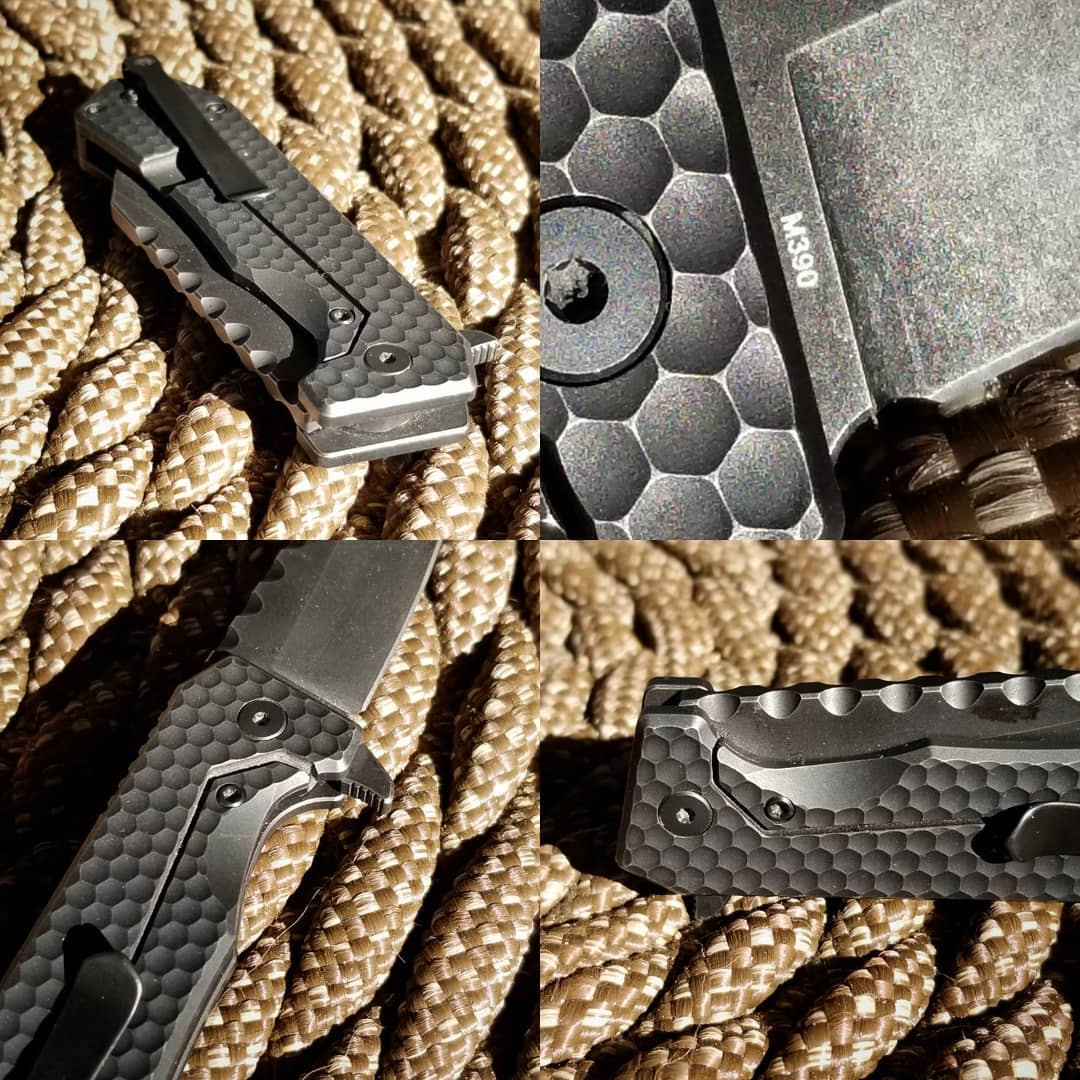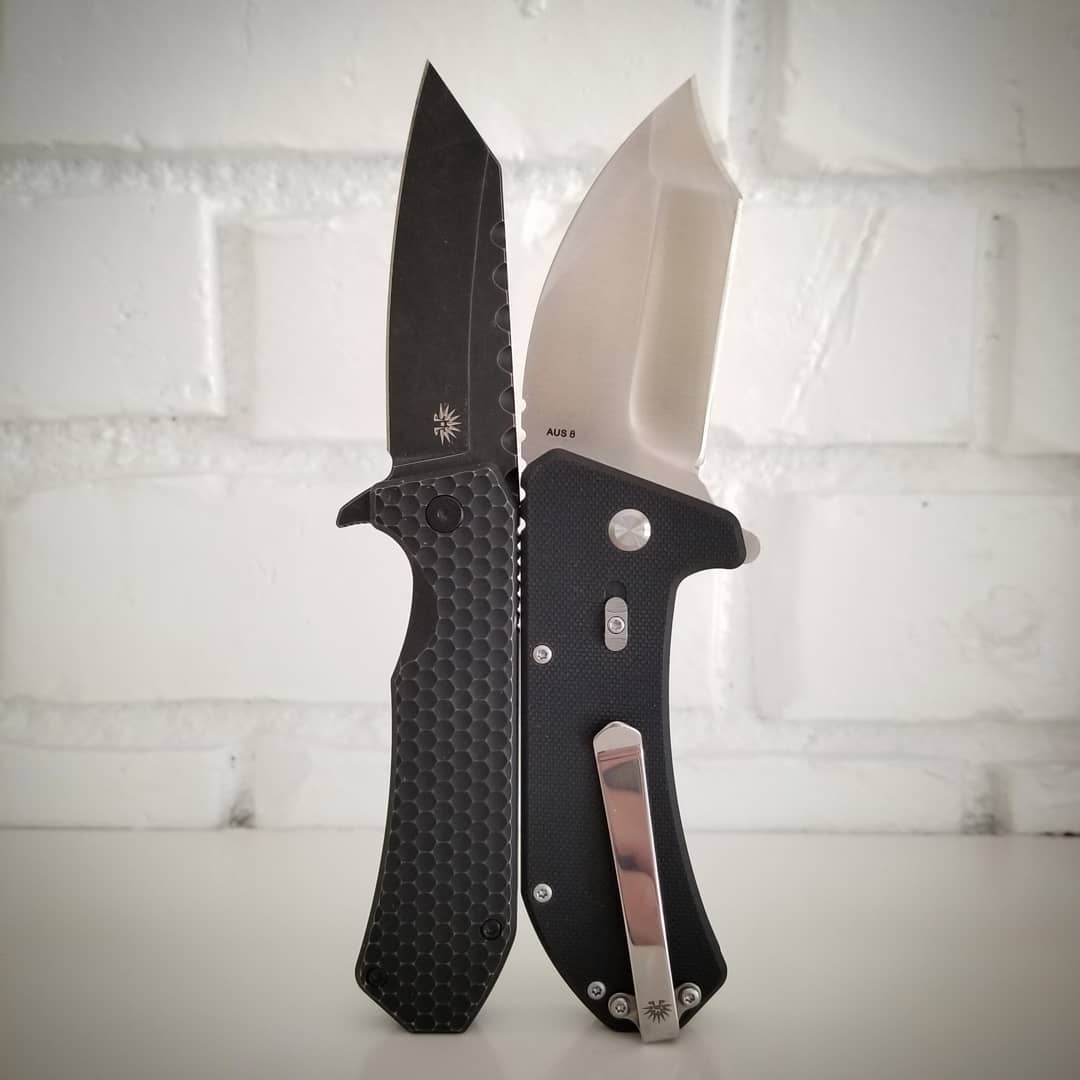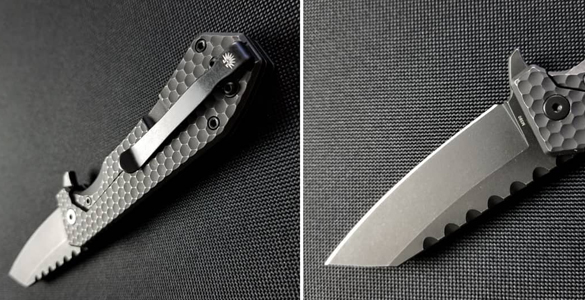How to Put a Razor Edge on Your Knife
Mar 12th 2019
Every knife today comes sharp from the box, but even with the best steel, the edge will dull eventually. The problem then arises that not everyone knows how to get that razor sharp pocket knife feel back. You can send it back to the maker, but some folks like to know how to sharpen their own knife.
If you’re a first-timer, we do recommend using something other than your prized possession to practice on. As a side note, there are a number of ways to sharpen a knife, this just so happens to be our preference.
Check the Damage
Examine the blade from each side, and head on to see what kind of damage has been done. Look for breaks, curls, and chips in the edge.
Their depth determines how much steel will have to be removed. If you’ve bought a knife with a good quality, properly treated steel, this shouldn’t be too much.
Preparing the Steel
The first thing is to remove the damaged steel of the edge, leaving you with fresh, strong steel to work with.
This is done by holding the knife perpendicular to the stone and drawing it gently across. Be very careful at this step because too hard a stroke or too many can remove more steel than you want.
Finding the Sharpening Angle
Most knives are sharpened at a 15-degree angle, which can be difficult to find. If you take a piece of paper, the corners are at a 90-degree angle.

Folding it into thirds gives you 30 degrees, then folding it in half again gives you 15 degrees, which is your angle. After a time, you’ll be able to find this without a paper or other aid.
Using the Stone
Start with the coarse side of the stone adding a good lubricant before running the edge down the full length of the blade. If the knife came with an even bevel, then use an equal number of strokes for each side. It removes the headache of attempting to even it out again.

Make sweeping strokes, taking the knife in sections if you must, using the entire surface of the stone. Keep the same angle all along, and use the paper to check if you need to. Don’t let the knife tip slide off the stone, as this can cause chipping or rounding of the steel. Keep the pressure light, let the stone do the work.
With practice, you’ll be able to stop before a burr occurs, but for now, drag the knife through a piece of wood to take the burrs off.
Applying the Micro-Bevel
The micro-bevel is the actual cutting edge and is at the end of the beveled edge you’ve just created. You’ll be raising the edge to about 20 degrees, using even lighter strokes than before.

Still using a coarse stone, make strokes across the entire length of the blade. Make alternating strokes to keep it even. Check the edge frequently, and then increase the fineness of the stone grain for that extra touch.
Stropping
This step isn’t essential, but if you want that extra razor edge, stropping is a good idea. You’ll run the knife in the opposite direction.
So before, you pushed the blade edge forward, with a strop you take it backward. This removes any leftover burrs and hones it a little more.
Conclusion
Now, go find that perfect razor sharp pocket knife for sale online, knowing you no longer have to so much about its edge. With a little practice, you can take proper care of it yourself.




